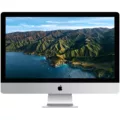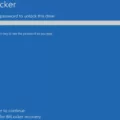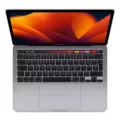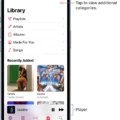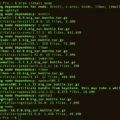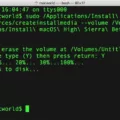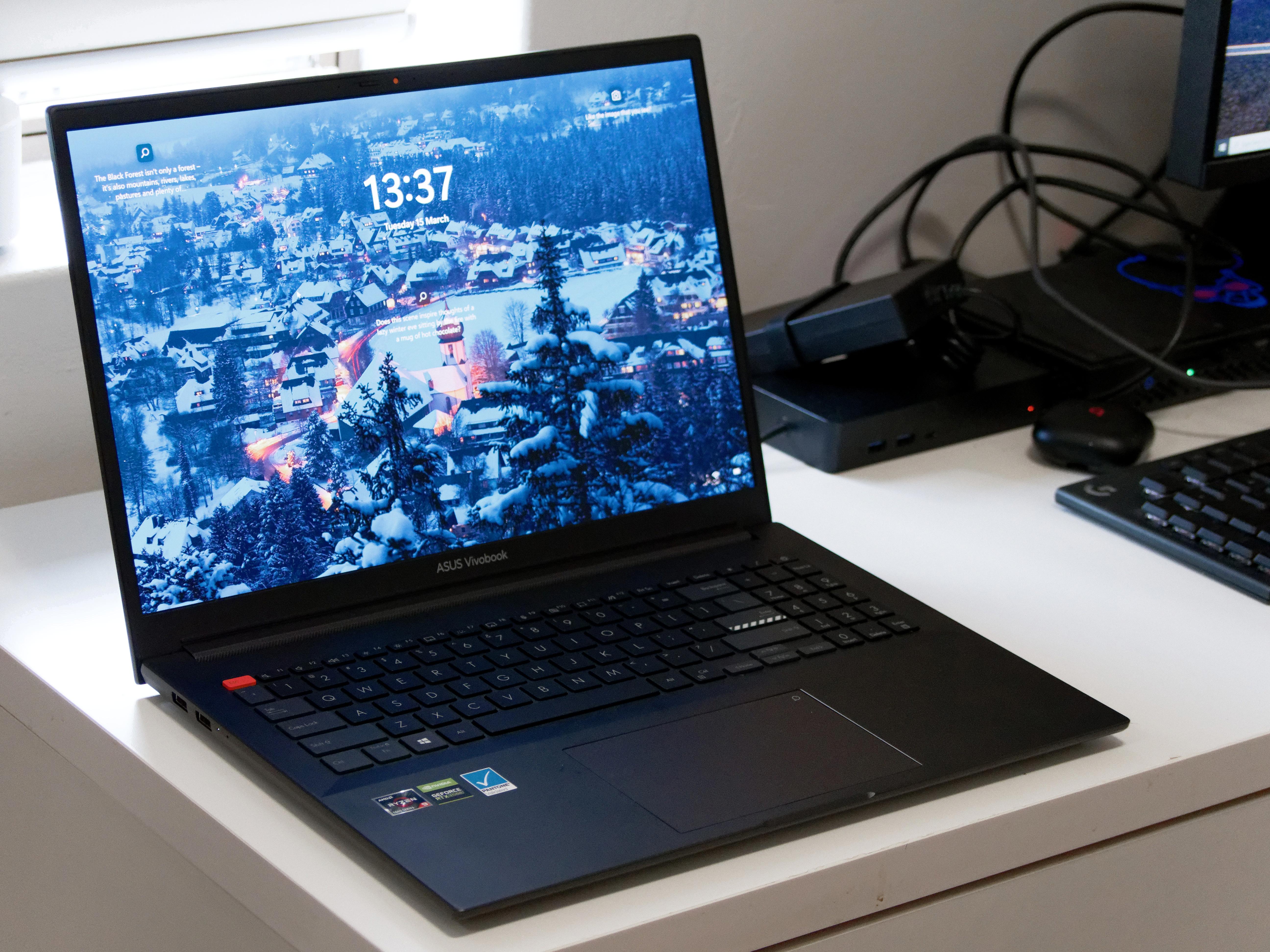Windows 10 is one of the most popular operating systems in the world and for good reason. It is a powerful platform that is packed with features to help you get work done and stay organized. However, if you have recently installed Windows 10, you may have noticed that you need a product key to activate it. Fortunately, there is a way to activate Windows 10 without a key, and it is surprisingly easy to do.
The first step in activating Windows 10 without a key is to open Command Prompt as an administrator. To do this, simply right-click on the Command Prompt icon and select “Run as administrator”. Once Command Prompt is open, you will need to install a KMS client key. This key is used to activate your copy of Windows 10, and it can be found online with a quick search.
After you have installed the KMS client key, you will need to set the KMS machine address. This is the address of the server that will be used to activate your copy of Windows 10. You can find this address online as well, and it is usually a simple matter of copying and pasting it into Command Prompt.
Once you have set the KMS machine address, you can activate your copy of Windows 10. This is done by entering a command into Command Prompt, which will initiate the activation process. You will need to wait a few minutes for the process to complete, but once it is finished, your copy of Windows 10 will be fully activated and ready to use.
If you are having trouble activating Windows 10, there are a few things you can try. First, make sure that your device is up to date and running Windows 10, version 1607 or later. You can check your version of Windows by typing “Winver” into the search box on the taskbar and selecting “Winver” from the list of results.
Next, confirm that you have entered a valid product key during the installation process. If you did not enter a key, or if you entered an invalid key, you will need to reinstall Windows 10 and enter a valid key during the installation process.
Activating Windows 10 without a key is a simple process that can be done using Command Prompt. By following the steps outlined above, you can activate your copy of Windows 10 in just a few minutes. Remember to always keep your device up to date and to enter a valid product key during the installation process to avoid any activation errors.
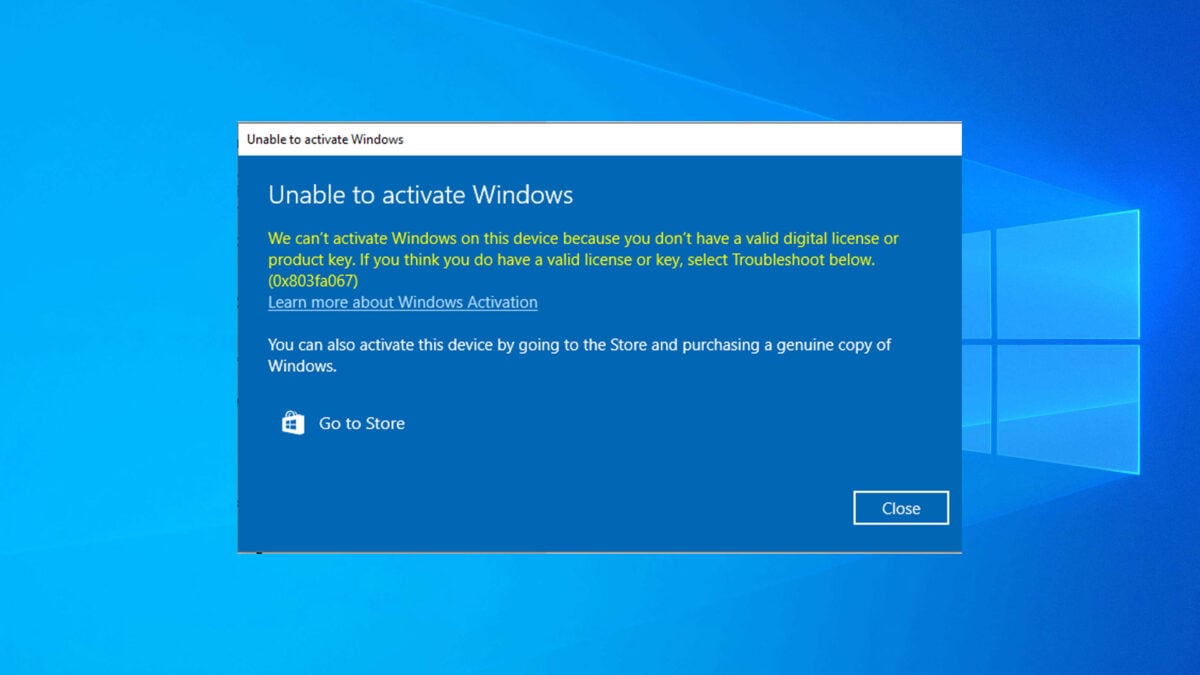
Activating Windows 10 Permanently Without Software or Product Key
To permanently activate Windows 10 without using software or a product key, you can use the Key Management Service (KMS) method. This method requires internet connectivity and involves setting up a KMS host on your network. Here are the steps to follow:
Step 1.1: Open Command Prompt as an administrator. Right-click on the Start menu and select Command Prompt (Admin).
Step 1.2: Install the KMS client key. Type the following command and press Enter: slmgr /ipk . Replace with the appropriate key for your version of Windows. Here are the KMS client keys for Windows 10 editions:
Windows 10 Home: TX9XD-98N7V-6WMQ6-BX7FG-H8Q99
Windows 10 Pro: W269N-WFGWX-YVC9B-4J6C9-T83GX
Windows 10 Enterprise: NPPR9-FWDCX-D2C8J-H872K-2YT43
Step 1.3: Set the KMS machine address. Type the following command and press Enter: slmgr /skms . Replace with the IP address or hostname of your KMS host.
Step 1.4: Activate your Windows. Type the following command and press Enter: slmgr /ato. This will activate your Windows using the KMS method.
Step 2.1: Copy the code below into a new text document:
@echo off
Title Activate Windows 10 ALL versions for FREE!&cls&echo ============================================================================&echo #Project: Activating Microsoft software products for FREE without software&echo ============================================================================&echo.&echo #Supported products:&echo – Windows 10 Home&echo – Windows 10 Home N&echo – Windows 10 Home Single Language&echo – Windows 10 Home Country Specific&echo – Windows 10 Professional&echo – Windows 10 Professional N&echo – Windows 10 Education N&echo – Windows 10 Education N&echo – Windows 10 Enterprise&echo – Windows 10 Enterprise N&echo – Windows 10 Enterprise LTSB&echo – Windows 10 Enterprise LTSB N&echo.&echo.&echo ============================================================================&echo Activating your Windows…&cscript //nologo slmgr.vbs /ckms >nul&cscript //nologo slmgr.vbs /upk >nul&cscript //nologo slmgr.vbs /cpky >nul&set i=1&wmic os | findstr /I “enterprise” >nul
If %errorlevel% EQU 0 (cscript //nologo slmgr.vbs /ipk NPPR9-FWDCX-D2C8J-H872K-2YT43 >nul&cscript //nologo slmgr.vbs /ipk DPH2V-TTNVB-4X9Q3-TJR4H-KHJW4 >nul&cscript //nologo slmgr.vbs /ipk WNMTR-4C88C-JK8YV-HQ7T2-76DF9 >nul&cscript //nologo slmgr.vbs /ipk 2F77B-TNFGY-69QQF-B8YKP-D69TJ >nul&cscript //nologo slmgr.vbs /ipk DCPHK-NFMTC-H88MJ-PFHPY-QJ4BJ >nul&cscript //nologo slmgr.vbs /ipk QFFDN-GRT3P-VKWWX-X7T3R-8B639 >nul) else wmic os | findstr /I “home” >nul
If %errorlevel% EQU 0 (cscript //nologo slmgr.vbs /ipk TX9XD-98N7V-6WMQ6-BX7FG-H8Q99 >nul&cscript //nologo slmgr.vbs /ipk 3KHY7-WNT83-DGQKR-F7HPR-844BM >nul&cscript //nologo slmgr.vbs /ipk 7HNRX-D7KGG-3K4RQ-4WPJ4-YTDFH >nul&cscript //nologo slmgr.vbs /ipk PVMJN-6DFY6-9CCP6-7BKTT-D3WVR >nul) else (echo.)&goto server
Step 2.2: Paste the code into the text file and save it with a .bat extension. Run the file as an administrator to activate your Windows.
Note that using the KMS method is not a permanent solution, as your Windows activation status will expire after a certain period of time. To ensure ongoing activation, you will need to periodically renew your KMS activation.
Activating Windows 10 When Not Already Activated
To activate Windows 10 if it is not activated, follow the steps below:
1. Confirm that your device is up to date and running Windows 10, version 1607 or later. To check the version and build of Windows, type “winver” in the search box on the taskbar and select “Winver” from the list of results.
2. Check if your device is connected to the internet. Activation requires an internet connection.
3. If you have a digital license for Windows 10, make sure that it is linked to your Microsoft account. To check this, go to “Settings” > “Update & Security” > “Activation” and select “Troubleshoot”. Follow the prompts to link your digital license to your Microsoft account.
4. If you have a product key, enter it. Go to “Settings” > “Update & Security” > “Activation” and select “Change product key”. Enter the 25-character product key and follow the prompts to activate Windows.
5. If you are still having trouble activating Windows, contact Microsoft support for assistance.
Activating Windows 10
To activate your Windows 10, you will need to enter a valid product key during the installation process. Once the installation is complete, Windows 10 will automatically be activated online. If you need to check the activation status of your Windows 10, follow these steps:
1. Click on the Start button located in the lower-left corner of your screen.
2. Select Settings, which is represented by a gear icon.
3. Click on Update & Security.
4. Select Activation from the left-hand navigation menu.
Once you have completed these steps, you will be able to see the activation status of your Windows 10. If your Windows 10 is not activated, you will have the option to activate it using a product key. Simply click on the Activate button and follow the on-screen instructions to activate your Windows 10.
Conclusion
Windows 10 is a powerful and efficient operating system that offers users a wide range of features and functionalities to enhance their computing experience. It is designed to be user-friendly, with a sleek and modern interface that is easy to navigate. With regular updates and security patches, Windows 10 is a reliable and secure platform that provides users with a stable and secure environment for their computing needs. Whether you’re a home user, business owner, or IT professional, Windows 10 has something to offer everyone. So if you’re looking for a reliable and efficient operating system to power your computing needs, Windows 10 is definitely worth considering.






